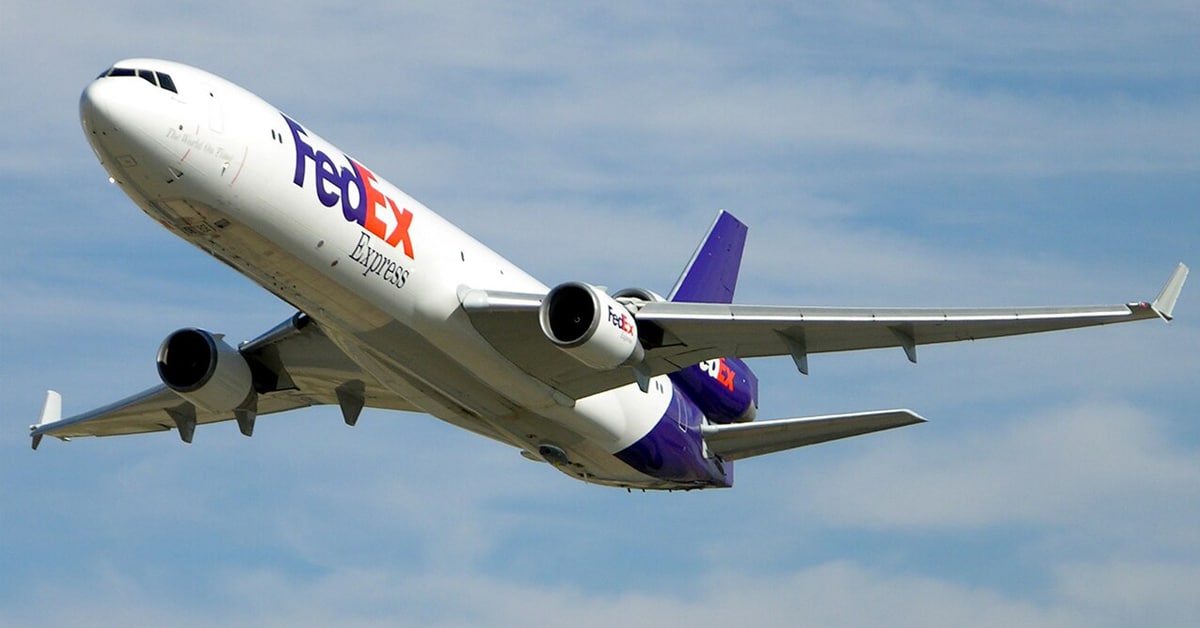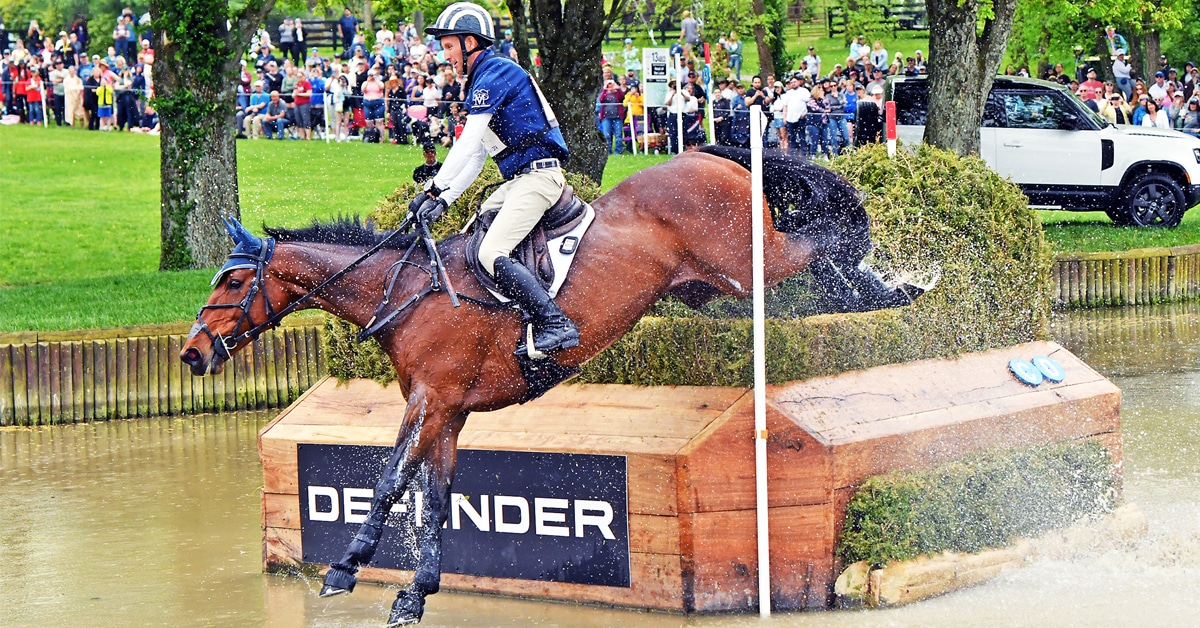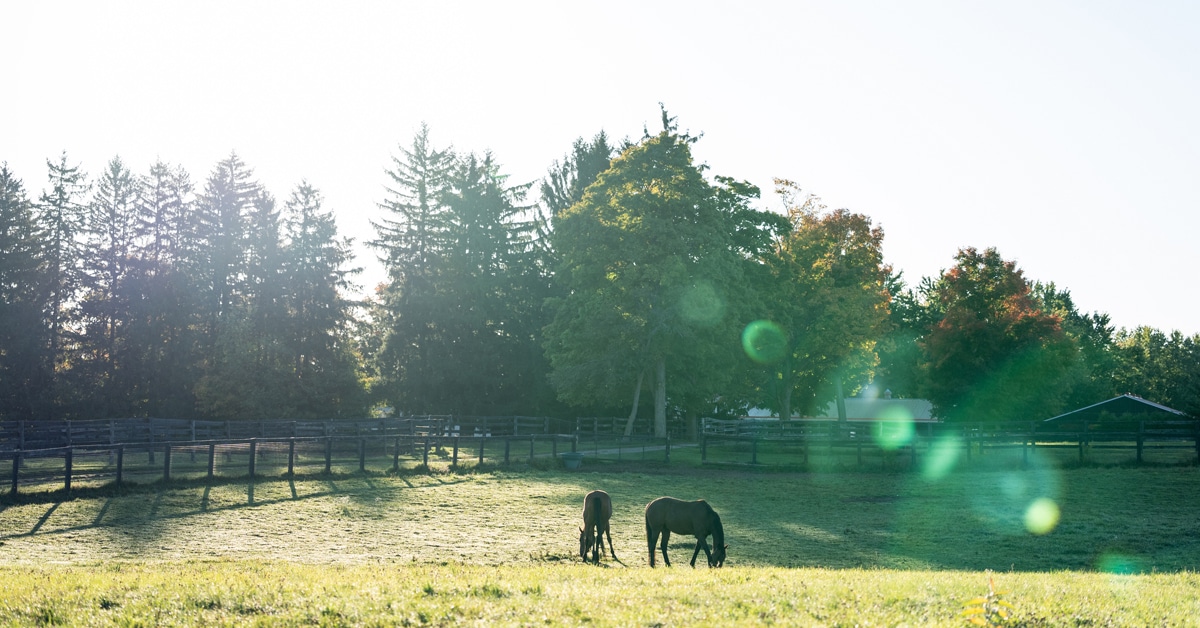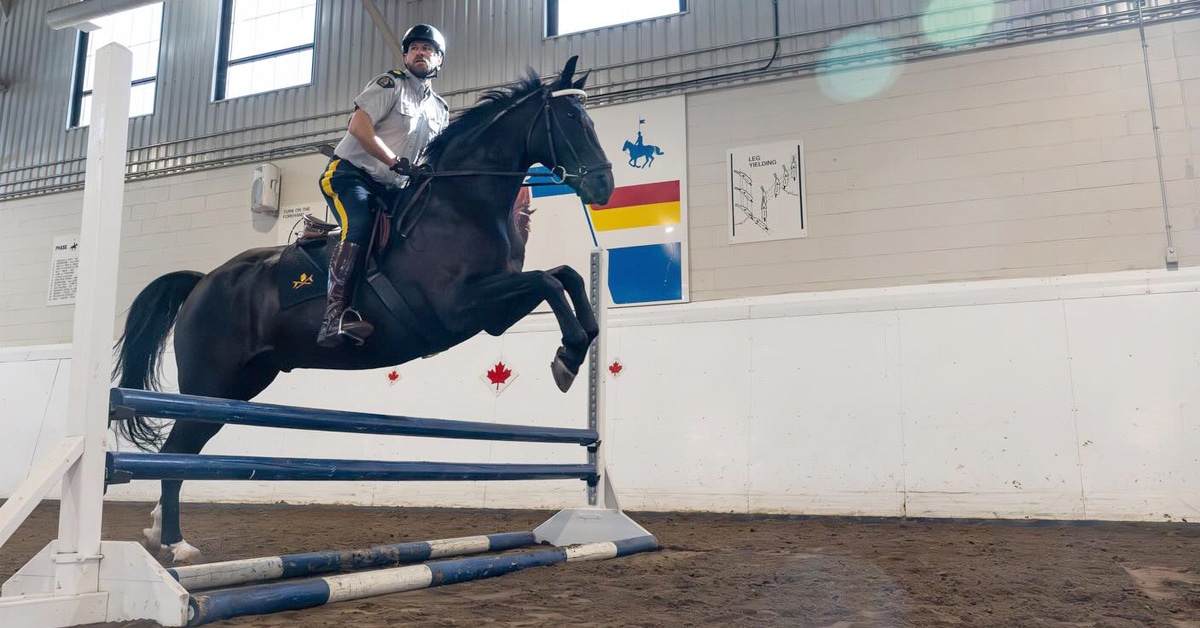Olympic host nations always want their own athletes to do well, but efforts to ensure the success of Japan’s jumping team have gone above and beyond. With all three riders making it into the Individual Final, and one ‒ Daisuke Fukushima ‒ joining the top six in the rarified air of the jumpoff aboard Chanyon, this country has certainly arrived.
It was therefore especially heartbreaking when, during the team qualifier on Friday, the team’s second rider Koki Saito had the very bad luck that his horse Chilensky sustained a small cut on the left hind in the warm-up arena. Although not serious, it was bleeding a bit and because of the FEI blood rule and for the welfare of the horse, the team chose to withdraw and the final team member, Eiken Sato with Saphyr des Lacs, did not have a chance to ride.
The rise to stardom for the Japanese has been guided by Paul Schockemöhle and aided by the deep pockets of the Japanese Racing Association who, along with the Japanese Equestrian Federation, purchased several promising horses after the Rio Olympics. They paired these horses with the Japanese riders and all went into training in Germany at Schockemöhle’s barn under the eye of national jumping coach Wim Schröder (NED), who unfortunately tested positive for Covid immediately before the Games and was unable to travel to Tokyo (he instead Facetimed the riders daily). The Japanese riders campaigned their new mounts extensively in Europe beginning in 2019, likely benefitting from the extra year thanks to the pandemic to click with their unfamiliar rides.
Schockemöhle, an Olympic medallist and European Champion himself, has a stellar track record of whipping teams into shape for major games. The Saudi Arabian team in Atlanta in 1996 had two riders in the individual final; at Athens in 2004 all four riders of the South Korean Team that he trained were top 25 and qualified for the Individual Final. At the 2008 Hong Kong Olympics he trained a Chinese show jumper, as well as the Ukraine team in London 2012; his first stint guiding the Japanese team came in Rio in 2016.
Interesting fact: Both Chanyon and Chilensky were bred at Schockemöhle’s Gestüt Lewitz breeding centre in Neustadt-Glewe.
Horse Histories
Chanyon
2008 gelding by Chacco Blue
Owner – Paul Schockemöhle and JEF
Previously ridden by Philip Koch and Philip Ruping (GER) and Gert Jan BRUGGINK (NED)
Interesting fact: Had not placed top-10 individually in a 5* since 2017
6th place team Nations Cup Rotterdam in July
Chilensky
2009 stallion by Chintan
Owner – Paul Schockemöhle and JEF
Previously ridden by Philip Koch (GER)
Never placed top-10 individually in a 5* previously
2019 Nations Cup Final in Barcelona – 13th place team
6th place team Nations Cup Rotterdam in July
Saphyr des Lacs
2006 gelding by Mr Blue
Bred in France
Owner: JEF
Started off his career in Switzerland in 2013 with Theo Muff; then Christian Rhomberg (AUT) from 2015-2018.
2019 Nations Cup Final in Barcelona – 13th place team
4th place ind. Nations Cup Rotterdam in July
6th place team Nations Cup Rotterdam in July
More News









